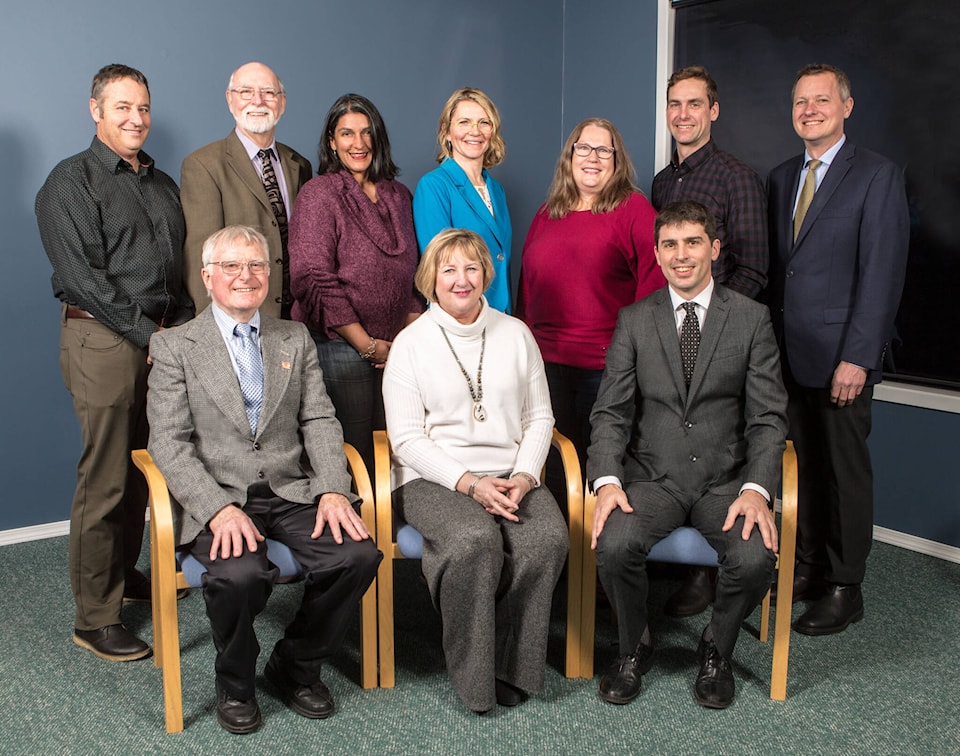Comox Valley Search and Rescue is appealing to the regional district for a financial contribution or donation to help purchase a permanent rescue base facility.
For 30 years, the non-profit society has been operating out of a 6,500 square foot facility at 3001 Moray Ave. in Courtenay. It has entered an agreement to purchase the building — valued at $1.5 million — when its lease expires in July 2023. Rent is $6,000 a month.
The CVRD had offered CVSAR land at the new pumping station near Comox Lake, but the location is not ideal because it would increase response time. Easy highway access is critically important.
“In the backcountry, we are the first responders,” CVSAR president Paul Berry said in a Jan. 11 presentation to the CVRD board. “We are the only responders day and night.”
The non-profit faces a steady increase in call volume but a decrease in government funding. It used to receive an annual grant of about $100,000, but is no longer eligible due to the $1.5 million value of the building.
“We do believe that in the long term, owning our facility will reduce costs,” Berry said.
Farmers’ Market
Twila Skinner, general manager of the Comox Valley Farmers’ Market, appealed to directors for a possible bus loop to help more people access the CV Exhibition Grounds.
Before COVID, customer attendance at Saturday’s market was 3,000-3,500 people over a four-hour period at the height of summer. Numbers fell to about 1,900 at the 2020 market and 2,400 at the 2021 market.
Vendors’ gross sales peaked in 2019 at about $1.9 million.
“But this alone doesn’t indicate the economic benefit to the Comox Valley, it’s just one factor,” Skinner said.
The market has operated at the fairgrounds for 30 years. The location lacks suitable public transportation, which impacts food security. The nearest bus stops are about a kilometre walk away. Only two bus routes pass the grounds on Saturdays. Some customers only attend the market when it operates at Native Sons Hall because they are not able to access the grounds. Skinner said a more robust bus loop would reduce vehicle traffic and street parking, and benefit MusicFest and other events.
The market executive would like to have regular bus services every half hour or hour to the grounds from June to September/October.
“We have outgrown the Native Sons Hall and need to find a more suitable location where we can be in one place throughout the year,” Skinner added.
Area A director Daniel Arbour asked if the district could supplement Route #12 so it better serves the market and Area C residents. However, Area B director Arzeena Hamir questions if improving this route would meet the stated needs. She noted that individuals needing the service generally live in the Dingwall/Back Road/McPhee areas, which the #12 bus does not support. She suggested an on-demand service in those neighbourhoods, possibly from 9 a.m.-1 p.m. District staff have yet to cost this possibility.
Staff will explore some transit ideas and seek public feedback.
CarbonSense
David Mills of CarbonSense asked the board for a letter of support for an incentives-based pilot program in the Valley that encourages residential electrification.
CarbonSense is seeking federal funds to launch the program based on the procurement and sale of aggregated offsets generated by people when they voluntarily decarbonize.
If successful in generating/retailing carbon offsets on behalf of households, Mills said it would be a first for North America, if not the entire world.
reporter@comoxvalleyrecord.com
Like us on Facebook and follow us on Twitter
